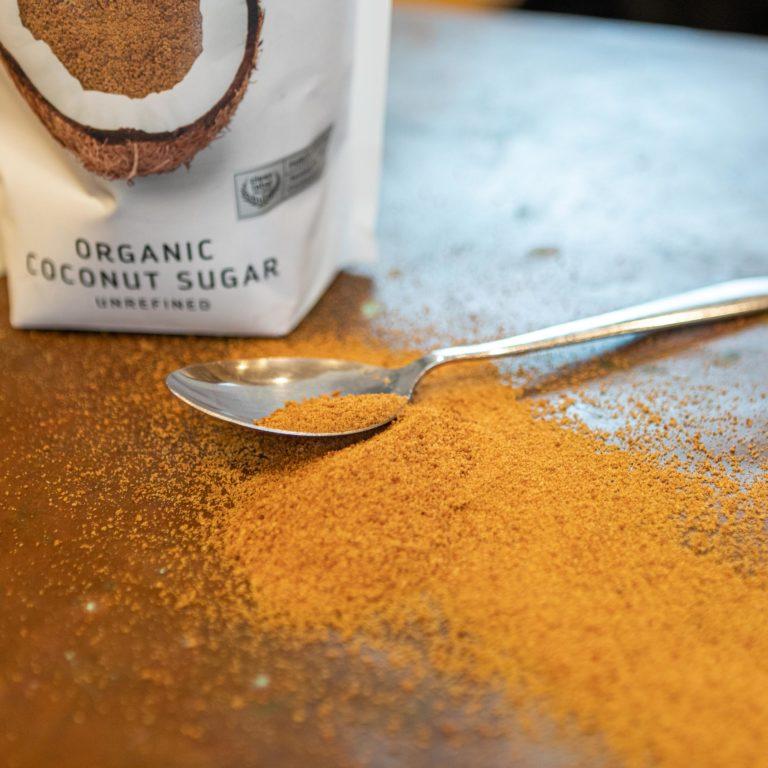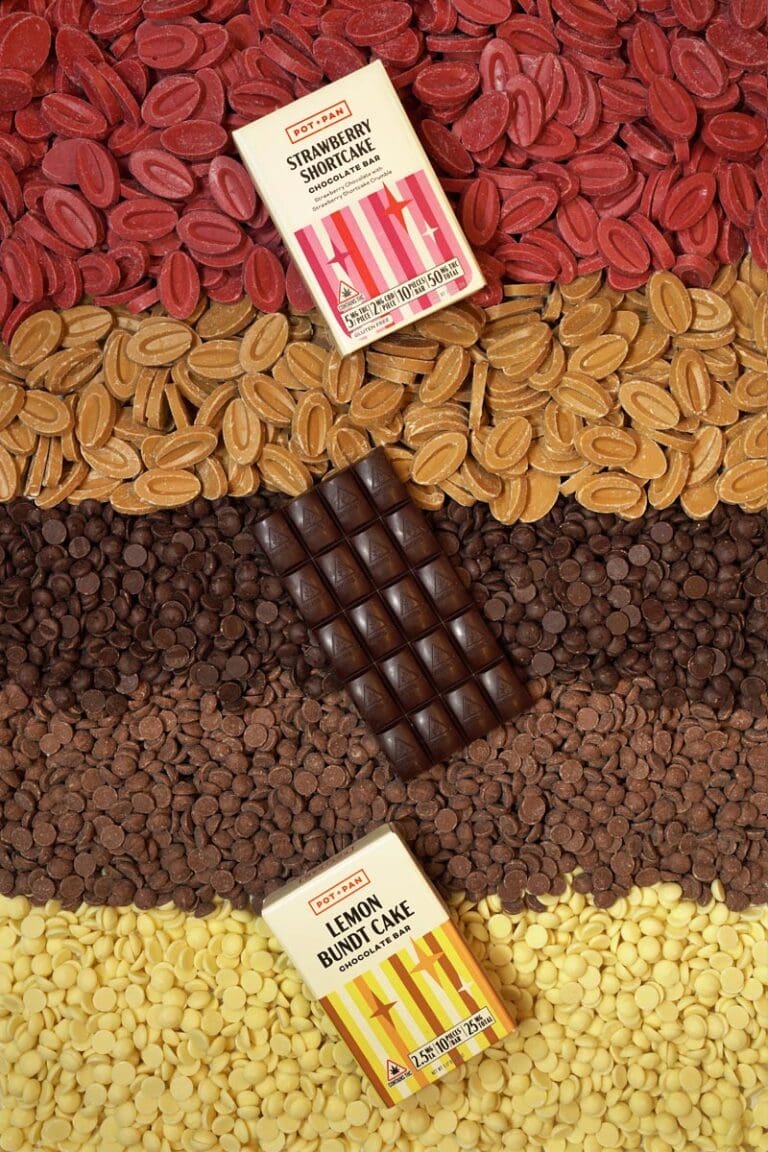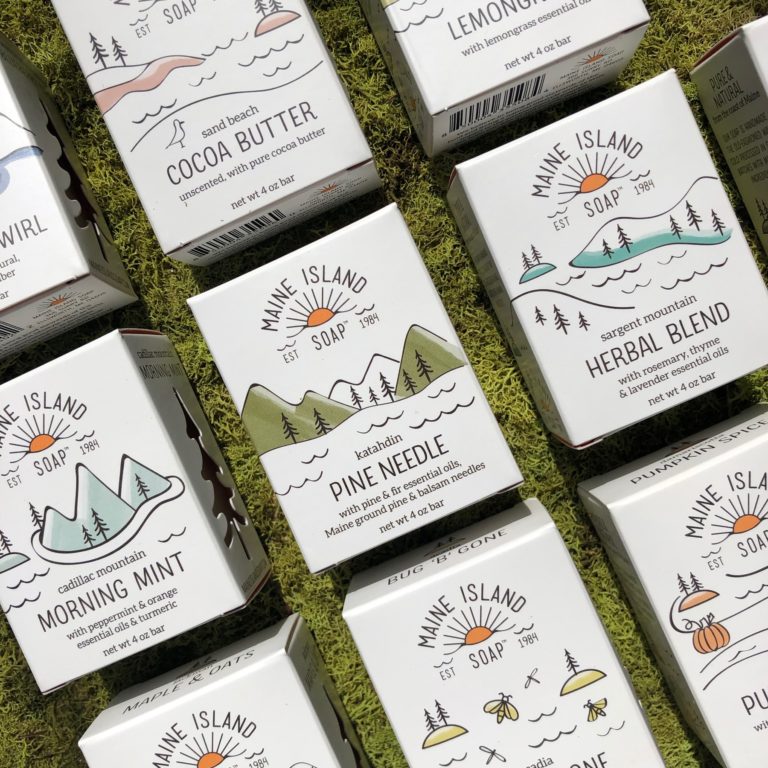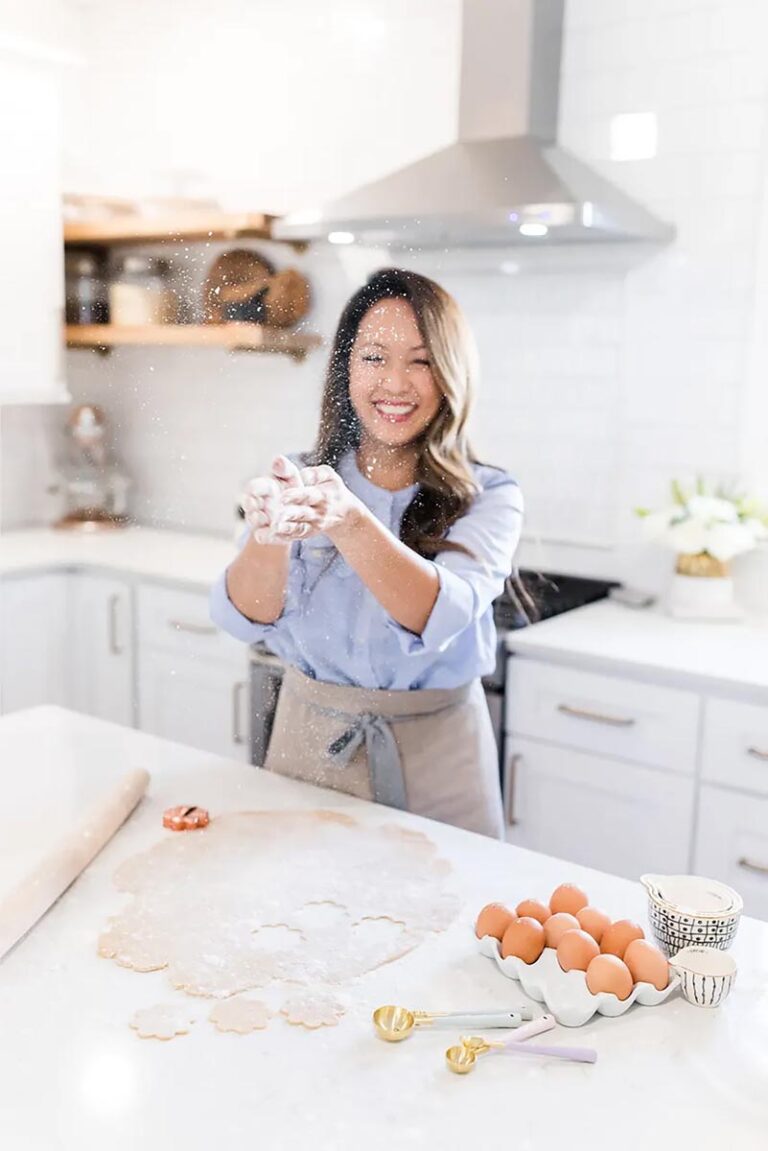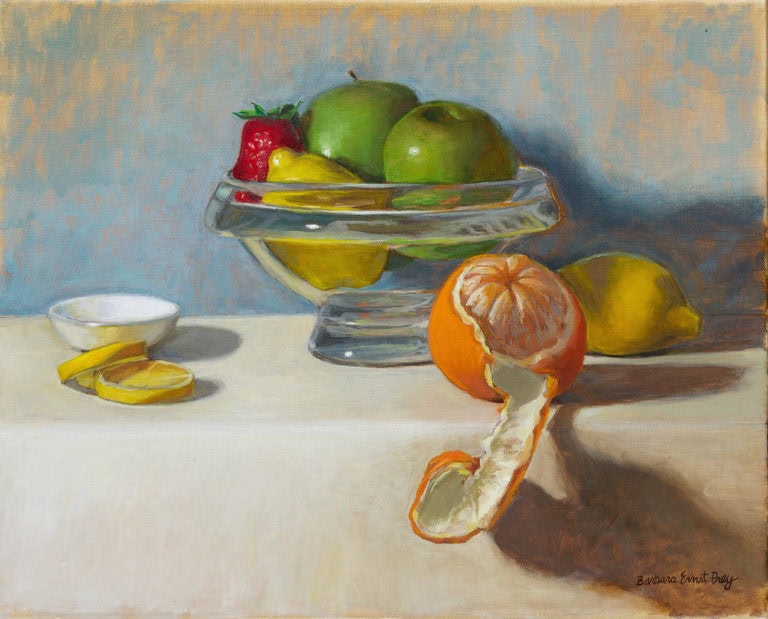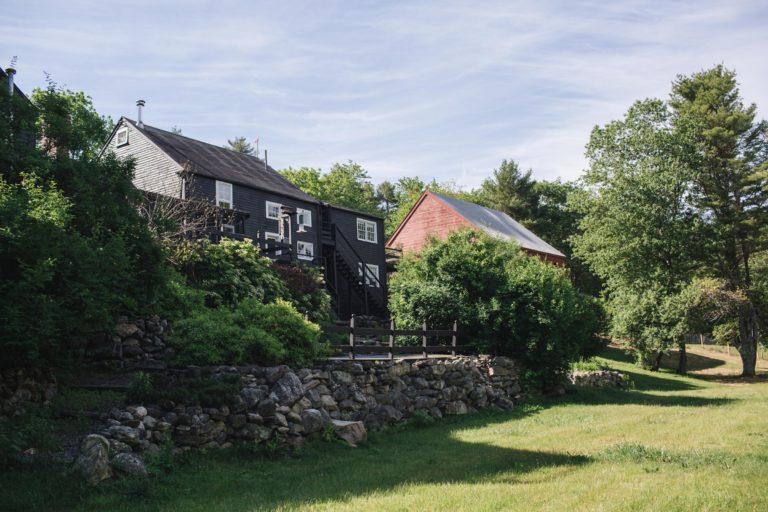We live in an era of ice cream sensory overload. A trip to CVS yields a pint of Ben and Jerry’s. Provided their machine is in order, the nearest McDonald’s will sell you soft serve through a window. Pints of Gelato Fiasco gelato and sorbetto and quarts of Gifford’s ice cream and sherbet sit in grocery store freezer cases state-wide. And we likely don’t have pages enough in this magazine to profile all the artisanal ice cream makers who call Maine home. It’s a good problem to have, really.
A glance back at the cold treat’s harder-to-get history, though, will help you appreciate our present-day easy access. Before the advent of refrigeration, the ability to store ice cream at home was a luxury few could afford. In her cookbook BraveTart: Iconic American Desserts, pastry chef Stella Parks explains that the rise of easily obtainable ice cream originated from an unexpected retail space: the drugstore.
Early in the 20th century, drugstore owners across America saw that adding ice cream to their soda fountain parlors would boost their bottom lines. The parlors, where apothecaries would serve syrups mixed into chilled, carbonated soda water, sported long countertops, swiveling stools, and spigots that curved above the counter and released sparkling water from a tank stored beneath. Serving as America’s answer to the Parisian salon, these parlors were wholesome places where people of all ages could meet to socialize over a beverage. The folks behind the counters of these fountains were called “soda jerks” because they had to pull sharply on the spigot to start the flow of water.
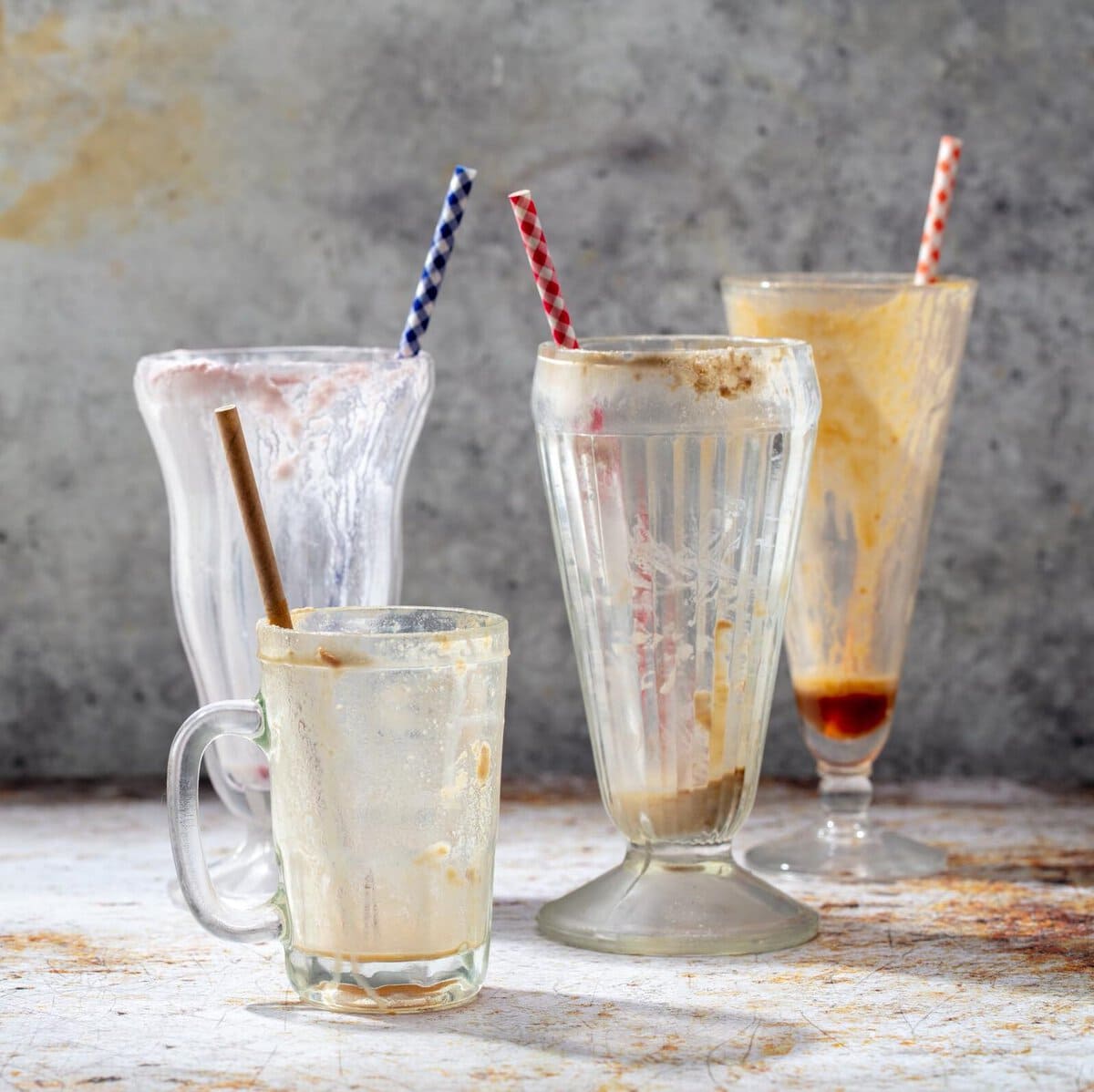
The new accessibility of ice cream was a huge hit. During the ensuing decades, the best place for the average Joe to get a scoop of ice cream was the pharmacy. While the popularity of soda fountains collapsed in the 1970s with the introduction of fast foods, commercial ice creams, and bottled soft drinks, one culinary combination that arose out of the soda fountain’s golden age was ice cream plus soda.
Sheldon’s Drug Store in Providence, Rhode Island, is said to have sold the first ice cream soda in 1863, promising a “fairy-like” concoction. According to Parks, the first ice cream sodas were usually a simple but effective blend of vanilla syrup and vanilla ice cream. From there, ice cream sodas and their cousins—ice cream floats—became staple soda fountain fare nationwide. While preparing these treats, soda jerks routinely dazzled crowds by throwing a scoop of ice cream in the air and catching it in a glass.
Although the terms are often used interchangeably today, ice cream sodas and ice cream floats were originally different things. Historically, an ice cream soda was made by putting the ice cream in the glass first, with soda, syrups, and sometimes heavy cream added afterward to dissolve the ice cream and create a creamy mixture. Ice cream floats, on the other hand, were made by mixing the syrup and soda first, then floating a scoop of ice cream on top, letting consumers alternate between spoonfuls of ice cream and sips of soda. Another soda fountain favorite was the egg cream, made with milk, carbonated water, and flavored syrup.
While public soda fountains are relics of the past, ice cream sodas and floats are simple to make at home. Given the plethora of ice creams and carbonated beverages available in Maine, we’ve concocted a few fall-themed treats here. The products and pairings we use are just a few we found went well together. If you come up with different creations you find especially good, please post pictures of them on social media and tag @ediblemaine.
Achieve Ice Cream Soda Success
- Make sure your beverage is cold.
- Make sure your ice cream is firm.
- Always slide a napkin under the glass before building these concoctions.
- Invest in long spoons and eco-friendly straws.
- Whipped cream is always a good idea.







